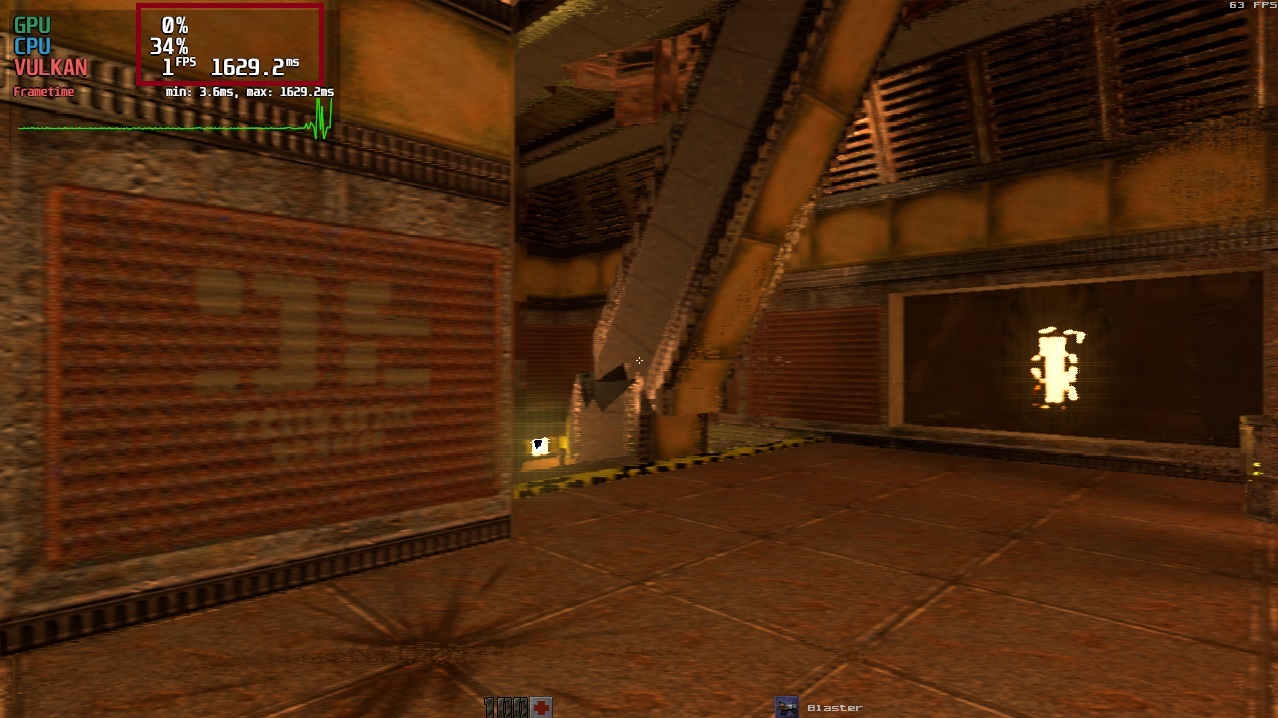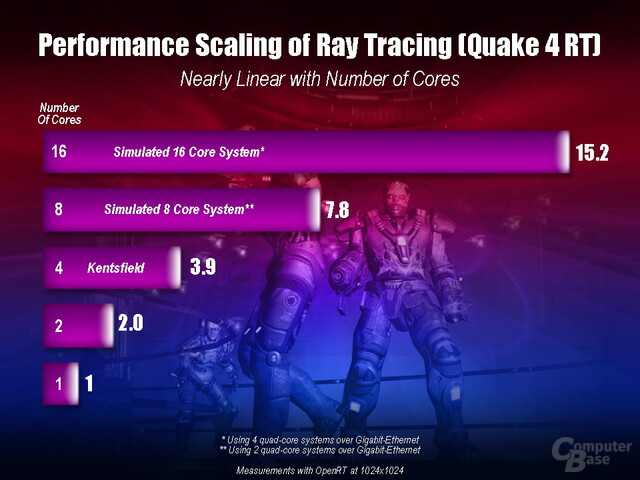The CPU can also handle ray tracing, but it’s too big for it
- March 8, 2024
- 0
We’ve already seen that ray tracing is so demanding that it can bring even the most powerful GPU out there today to its knees, but what if we
We’ve already seen that ray tracing is so demanding that it can bring even the most powerful GPU out there today to its knees, but what if we

We’ve already seen that ray tracing is so demanding that it can bring even the most powerful GPU out there today to its knees, but what if we tried to run this technology with a CPU, would it be possible to make it work? The answer is this yes but the result is not good at all because the level of performance we can achieve is unacceptable.
Konstantin Seurer, the developer of Mesa 3D, was able to implement specific functions within the Vulkan API to CPU accelerated ray tracing support via Lavapipe. Implemented functions include VK_KHR_acceleration_structure, VK_KHR_deferred_host_operations, and VK_KHR_ray_query. As a result, we can run Quake II RTX with ray tracing through the CPU, but the performance is terrible, because as we can see in the image, it does not exceed 1 frame per second.

Ray tracing is a technology that requires a high degree of parallelization, because it is necessary to calculate a large number of operations generated not only by the first effect of each beam, but also by its subsequent interactions (bounces, collisions and disturbances). This makes it inefficient to run ray tracing at the CPU level, although curiously Intel did try it with Enemy Territory: Quake Wars at the time and the result was surprising.

The Enemy Territory: Quake Wars demo with ray tracing was developed by Intel’s ray tracing research group, and as we can see in the attached video, he applied quite modest, albeit attractive, ray tracing to the mentioned game. It ran at 1280 x 720 pixels and ranged between 14 and 29 FPS with a 16-core CPU configuration and between 20 and 35 FPS with a 24-core configuration (four sockets at the time).
Source: Muy Computer
Donald Salinas is an experienced automobile journalist and writer for Div Bracket. He brings his readers the latest news and developments from the world of automobiles, offering a unique and knowledgeable perspective on the latest trends and innovations in the automotive industry.